The vote was organized by “The South Is My Country“, a movement which wants South Brazil to secede from Brazil.
The editor of the Ddireita blog discusses the secession movement being organized in depth.
Called MOVIMENTO O SUL É MEU PAÍS, its objective is the creation of a new federation consisting of the three southernmost states of Rio Grande do Sul, Santa Catarina, and Parana.
Whites dominate in Argentina and Uruguay, and form a significant group in Chile, while southern Brazil is predominantly European.
The south of Brazil was colonized by immigrants from Italy, Portugal and Germany, and many take pride in a European sense of order. It is also one of Brazil’s richest regions.
Cultural pride the the various regions are easy to spot. In some towns in the south, German is still spoken and a version of Germany’s famous Oktoberfest beer festival is held every year in Blumenau, a city in the state of Santa Catarina.
According to government figures, in July, Bahia state in Brazil’s northeast, which has a population of 15 million people, paid less than half the federal taxes of Rio Grande do Sul, in the south, which has a population of 11 million people.
Counting of the 617,000 votes cast on Oct. 1 in the “Plebisul” finished on Tuesday. Organizers said 96 percent had voted to create a new country out of Brazil’s three most southern states.
Southerners are angry about paying too much in taxes to the central government and getting very little in return.
According to Brazilian media, ballot boxes had been set up in cities throughout the region for the vote, which occurred the day before nationwide elections for mayors and city councils.
Even though the vote has no legal value, the message sent was unmistakable. In an interview posted on YouTube by the city’s Jornal do Comércio newspaper, a business manager voting in favor of independence in the southern city of Porto Alegre, complained about the high taxes.
Frustration is mounting that tax money goes to poor regions in the northeast — where the population is black and mixed-race as a result of importing Africans from the 16th to 19th centuries.
“We in the south have the conditions to sustain ourselves and generate riches. Today we generate a mountain of riches in taxes and benefits which are exported, and there is no counterpart.”
Brazil is still reeling from revelations that many members of President Dilma Rousseff Workers’ Party and its political allies were involved in a graft scandal at state-run oil company Petrobras that led to her impeachment.
Celso Deucher, coordinator of the Plebisul campaign, said Wednesday that the vote had sent a “resounding message” to the elite in Brasilia.
“If Brasilia knows how to understand what we are saying, certainly Brazil will not be the same from today,” said Deucher, in a video posted on YouTube.
“Be ashamed. We don’t accept your behavior,” he told politicians in his address, adding that voters would rather be run by their former colonial masters than its current leaders.
“We prefer to return to Portugal than pay so dearly for continuing to be Brazilians,” he said.
The sweeping investigation into Petrobras corruption is based in Curitiba, capital of Paraná, one of the states that voted in the plebiscite.
Deucher wants to see more rights going to local or state governments. He says the local autonomies in Switzerland as well as The United States are good models.
The group is planning another plebiscite in September 2017 and hoped to put 3 million voters on the street.
The Brazilian government has been waging an “assimilation” campaign to get White and non-White Brazilians to mix in the major cities.
White South Africans are being force-fed a very similar campaign to the one in Brazil.
Deucher cites a survey conducted in 2011 by the Institute GSul as proof of popular support; it showed that 43 percent of southerners favor the creation of the new country.
However, that survey was only taken in the three respective state capitals; they want a new survey which covers all cities with more than 100,000 inhabitants.
A visit to Wikipedia indicates the new country could be successful. Not only is Southern Brazil the most universally prosperous part of the country, but has less crime, and much of it enjoys four distinct seasons.
— Rio Grande do Sul: The southernmost state of the region. Demographically, it’s 80.8 percent White, 13.77 percent Brown (multiracial), 4.87 percent Black, 0.4 percent Amerindian, and 0.1 percent Asian. Predominant White ethnicities include Portuguese, Italian, and German. One of the most prosperous Brazilian states, Rio Grande do Sul is known especially for its grain production, viticulture, ranching, and for its considerable industrial output.
— Santa Catarina: Wedged between Rio Grande do Sul and Parana. Demographically, it’s 86.96 percent White, 9.98 percent Brown (multiracial), 2.63 percent Black, 0.25 percent Asian, and 0.09 percent Amerindian. Most of the White ethnicities include Portuguese, Germans, and Italians. Santa Catarina has one of the highest standards of living in Brazil, and is a major industrial and agricultural center.
— Parana: The northernmost of the three states. Demographically, it’s a bit darker than the other two states, at 72.68 percent White, 24.3 percent Brown (multiracial), 1.49 percent Black, 1.12 percent Asian, and 0.36 percent Amerindian. The two major White groups in the state are Italians and Germans, supplemented by Poles and Ukrainians.
Parana is an agricultural powerhouse, but plants of several different brands and industries exist around metropolitan Curitiba, producing around 450.000 cars, buses, and trucks a year. The whole industry today is very diversified, and the Curitiba Metropolitan Area has a whole range of industries like computers, freezers, and cosmetics.



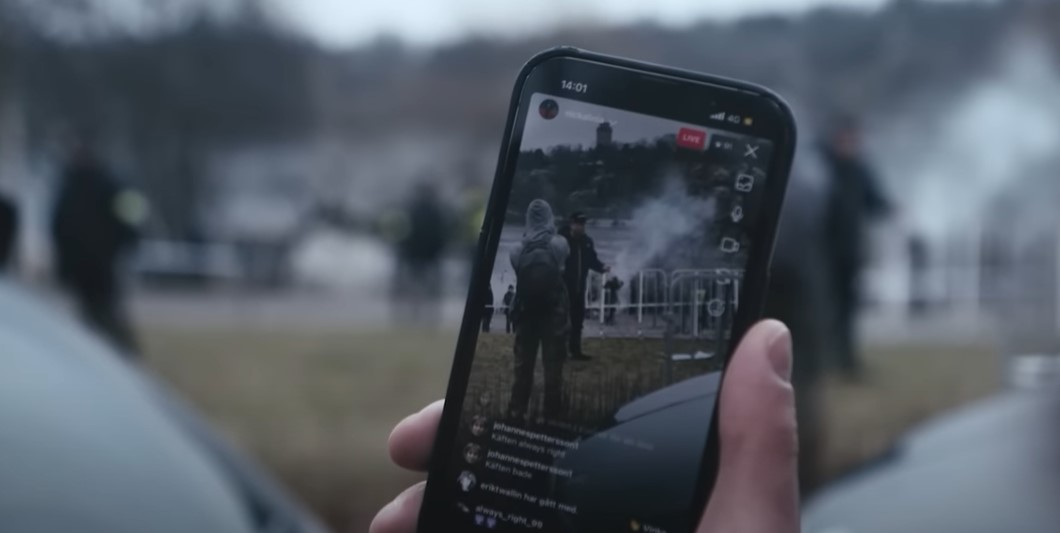
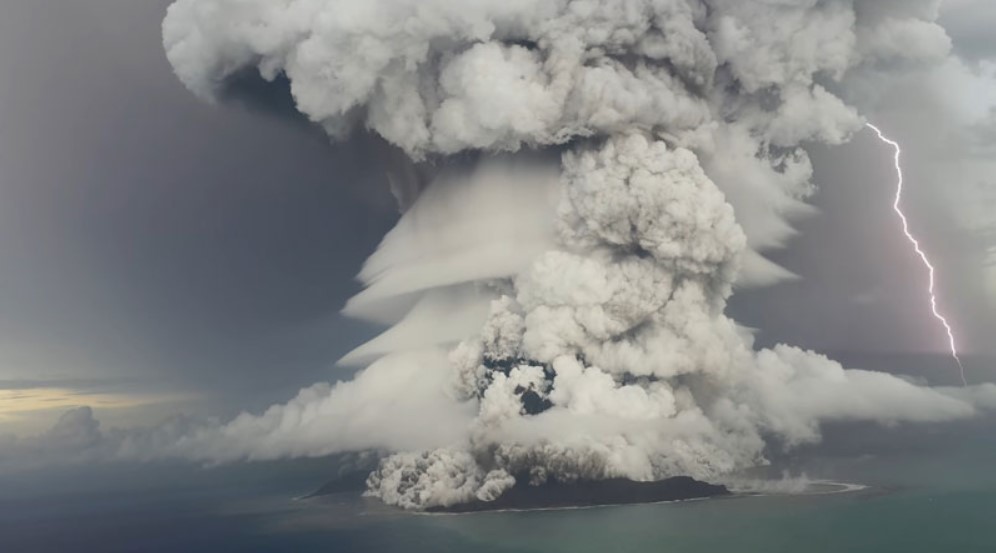
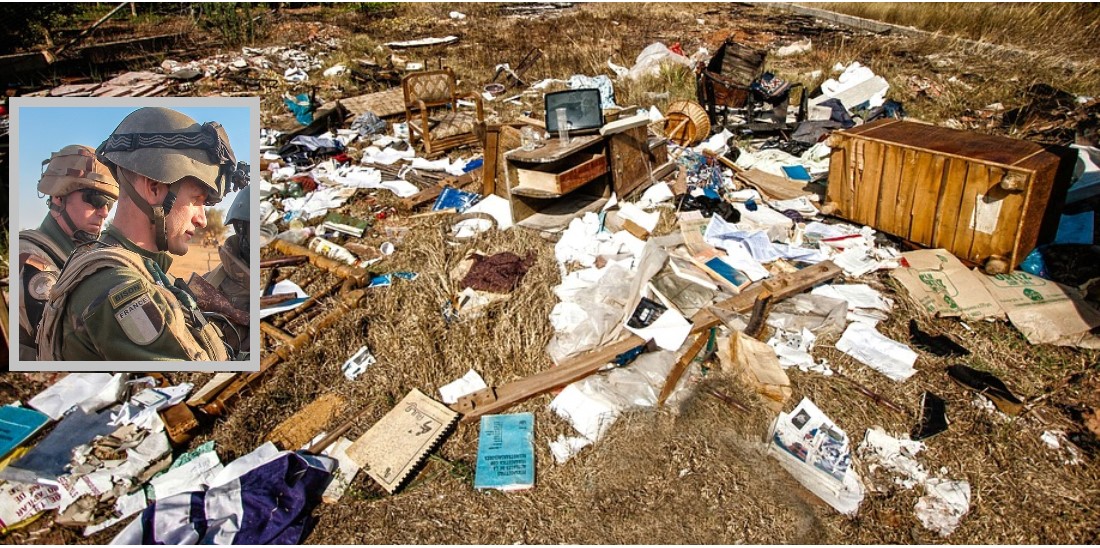


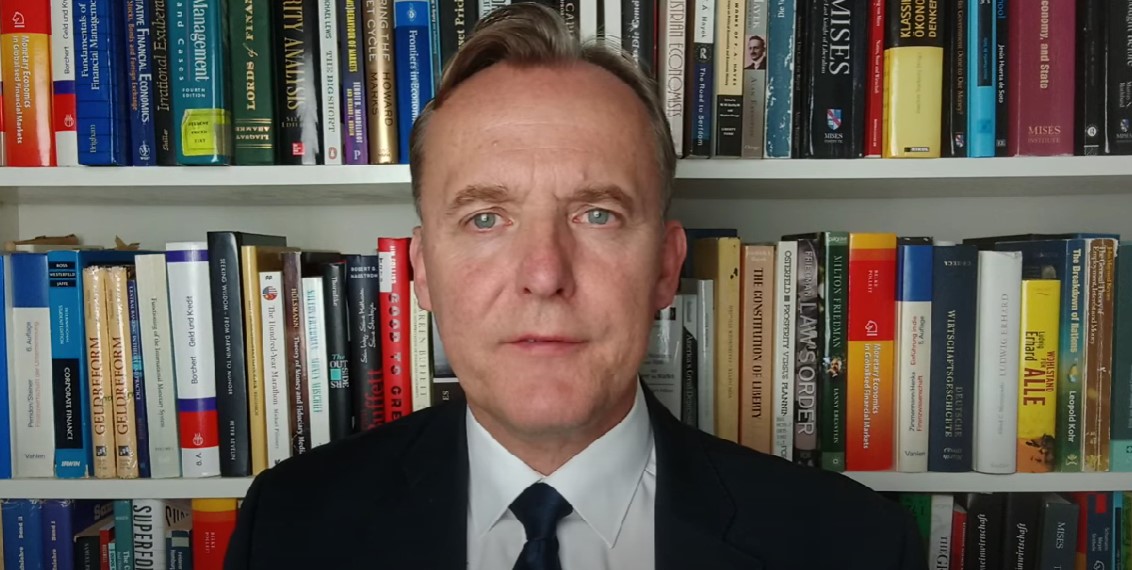
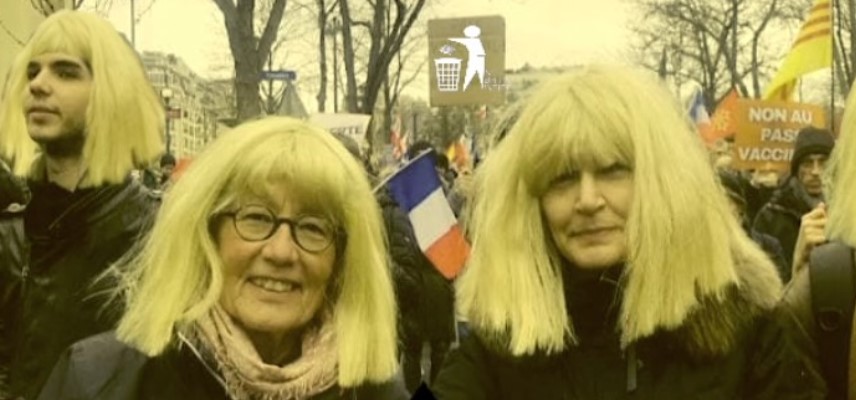
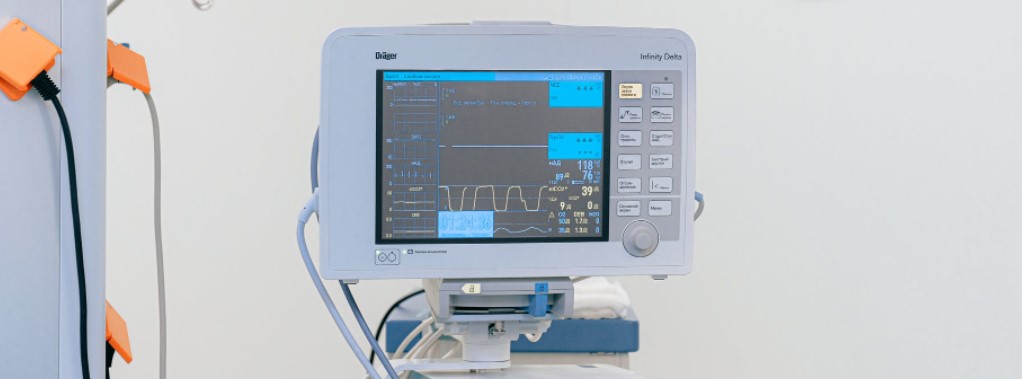

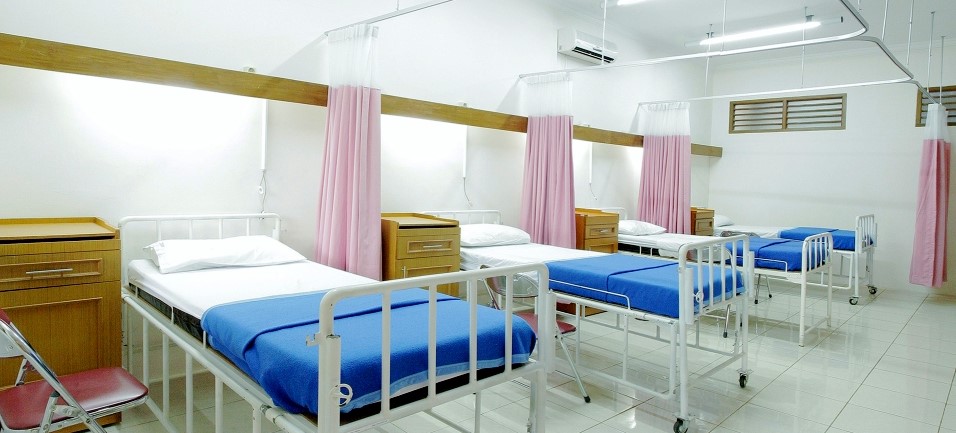
No comments.
By submitting a comment you grant Free West Media a perpetual license to reproduce your words and name/web site in attribution. Inappropriate and irrelevant comments will be removed at an admin’s discretion. Your email is used for verification purposes only, it will never be shared.